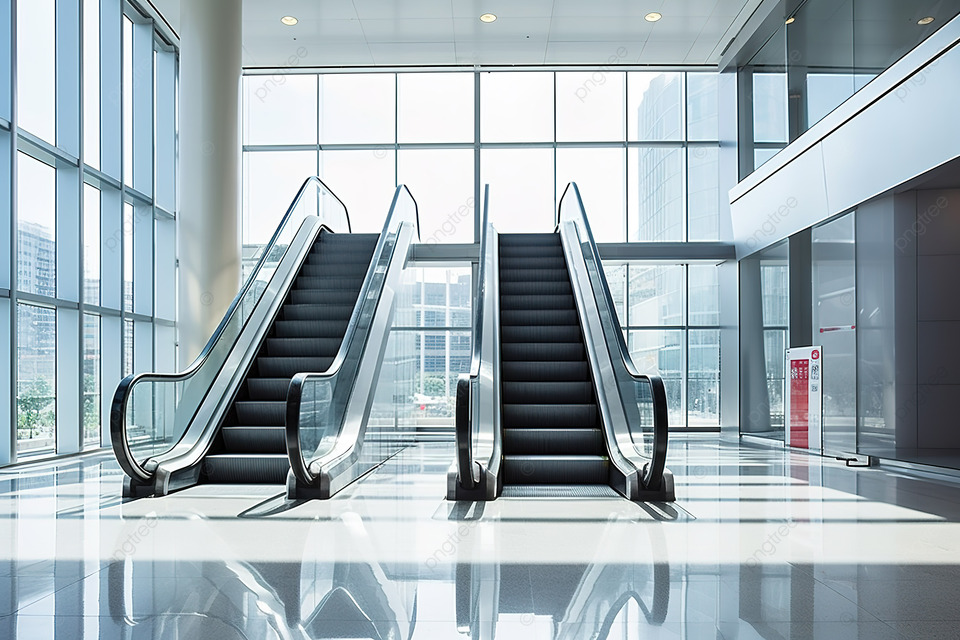Escalator Inspection:
Ensuring Safety and Reliability
Introduction
Escalators are a ubiquitous part of our daily lives, found in malls, airports, metro stations, and many other public places. They provide a convenient and efficient means of vertical transportation. However, to ensure the safety and reliability of escalators, regular inspections are essential. In this article, we will explore the importance of escalator inspection, maintenance, and safety.
The Significance of Escalator Inspection
Escalator inspection is critical for various reasons:
1. Safety Assurance
Safety should always be the top priority when it comes to escalators. Regular inspections help identify and address potential safety issues such as loose handrails, worn-out steps, and malfunctioning emergency stop buttons. Timely maintenance can prevent accidents and injuries.
2. Preventing Downtime
Unexpected escalator breakdowns can cause significant disruptions in public spaces. Regular inspections help detect issues before they escalate into major problems. Addressing minor problems in a timely manner reduces the risk of escalator downtime and ensures a smooth experience for users.
3. Compliance with Regulations
Many countries have regulations and standards in place for escalator safety and maintenance.
Regular inspections ensure that escalators comply with these regulations, reducing the risk of fines
or legal issues for building owners and operators.
Steps for Effective Escalator Inspection
Here are the key steps involved in an effective escalator inspection process:
1. Visual Inspection
Inspectors visually examine the escalator's components, including handrails, steps, comb plates, and landing platforms.
They look for signs of wear and tear, loose or missing parts, and cleanliness.
2. Functional Testing
Inspectors perform functional tests to ensure that the escalator is operating correctly.
This includes testing the handrails, emergency stop buttons, and sensors that detect obstructions on the steps.
3. Lubrication and Cleaning
Escalators have moving parts that require regular lubrication to maintain smooth operation.
Inspectors will ensure that the necessary parts are properly lubricated and free from debris.
4. Safety Checks
Escalators are equipped with various safety features, such as emergency stop buttons and sensors.
Inspectors check these safety features to ensure they are in good working condition.
5. Documentation
Detailed records of the inspection, including findings and any required maintenance or repairs, should be documented.
This documentation is essential for tracking the escalator's history and compliance with regulations.
The Importance of Regular Maintenance:
Escalators benefit from routine maintenance, which extends their lifespan and reduces the likelihood of breakdowns.
Regular maintenance includes cleaning, lubrication, and the replacement of worn-out or damaged components.
Maintenance schedules should be established and followed consistently.
Conclusion
Escalator inspection is a crucial part of ensuring the safety and reliability of these vertical transportation systems.
Regular inspections help identify and address safety concerns, prevent downtime, and ensure compliance with regulations.
By following a thorough inspection and maintenance routine, building owners and operators can provide a safe and efficient
experience for escalator users, ultimately enhancing the overall safety and convenience of public spaces.
